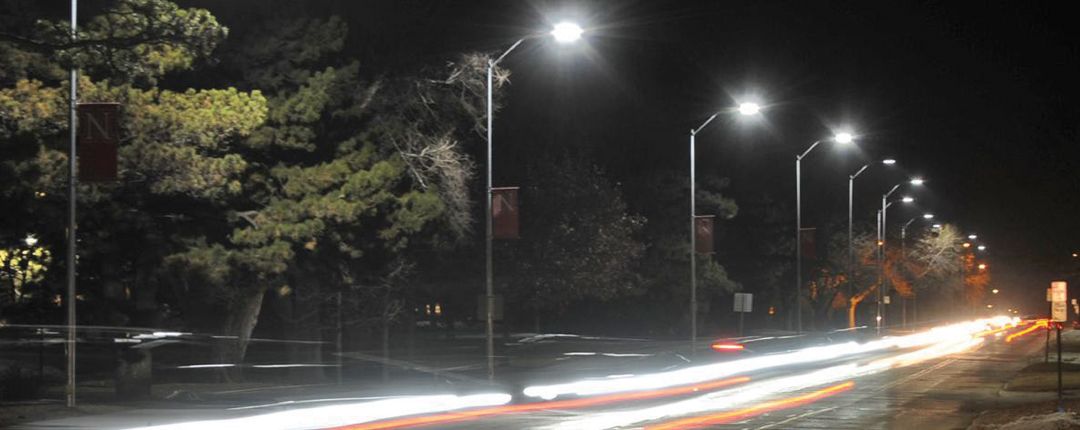1. Introduction: The Role of Zhaga in Smart Infrastructure
In the era of smart cities, lighting infrastructures are evolving beyond mere illumination. Zhaga controllers—based on the global Zhaga Book 18 standard—serve as the intelligent interface between LED luminaires and smart-control ecosystems. They allow cities and enterprises to deploy future-proof lighting networks that adapt to environmental cues, optimize energy use, and integrate with broader IoT platforms.
Key Benefits at a Glance:
-
Interoperability: Standardized socket for multi-vendor compatibility
-
Scalability: Plug-and-play modules support phased rollouts
-
Energy Savings: Dynamic dimming and scheduling cut power draw by up to 70%
-
Data-Driven Maintenance: Real-time diagnostics reduce downtime by 40%

2. Deep Dive: What Makes a Zhaga Controller Essential?
2.1. Standardized Mechanicals & Electrical Interfaces
Zhaga Book 18 defines a 7-pin socket that unifies power, communication, and sensor connections. This enables:
-
Hot-swappable modules: Quick upgrades without rewiring
-
Future expansions: Seamless addition of sensors (motion, ambient light) or connectivity modules (LoRa, NB‑IoT)
2.2. Integrated IoT & Communication
Modern Zhaga controllers bundle multiple comms:
-
DALI/0-10V: Precise local dimming
-
Modbus/RS485: Legacy system integration
Through these, controllers deliver:
-
Over-the-air firmware updates
-
Real-time energy and status reporting
-
Geo-fencing and group control
2.3. Advanced Energy Management
With adaptive dimming algorithms, Zhaga controllers adjust lumen output based on:
-
Ambient light sensors (dusk-to-dawn transitions)
-
Motion detection (e.g., full brightness on presence)
-
Time-based schedules
Result: Up to 70% energy savings compared to static-output streetlights, extending luminaire lifespan by 25%.
3. Technical Specifications & Performance Metrics
| Specification | Typical Value | Benefit |
|---|---|---|
| Input Voltage | 24–240VAC / 24–48VDC | Universal compatibility |
| Dimming Range | 1–100% (0.1% resolution) | Fine-tuned brightness control |
| Communication Ports | 2× UART, I²C, DALI, Power | Multi-protocol integration |
| IP Rating | IP66 / IP67 | Outdoor weather resilience |
| Operating Temperature | −40 °C to +75 °C | Harsh environment tolerance |
| MTBF | >200,000 hours | Long-term reliability |
4. Real-World Applications & Case Studies
4.1. Abu Dhabi Smart Business District
-
Deployment: 2,500 Zhaga-enabled poles
-
Outcome: 65% reduction in energy spend; 30% fewer maintenance visits
4.2. European Highway Retrofit
-
Deployment: 1,200 roadside luminaires upgraded
-
Outcome: Instant dimming zones; traffic-adaptive lighting improved safety ratings by 20%
4.3. University Campus Innovation
-
Deployment: Mixed-use indoor and outdoor fixtures
-
Outcome: Campus-wide energy dashboard; 50% reduction in peak-hour load
5. Integration with Gebosun Smart City Control System (SCCS)
Zhaga controllers serve as edge modules in SCCS, seamlessly feeding:
-
Asset registration
-
Firmware lifecycle management
-
Predictive maintenance alerts
-
Dashboard visualizations
This end-to-end architecture ensures centralized command and holistic data analytics across lighting, charging stations, and environmental sensors.
6. Implementation Best Practices
-
Site Survey & Photometric Study: Use DIALux or similar tools to identify optimal pole spacing and controller placement.
-
Standardized Component Selection: Ensure all modules adhere to Zhaga Book 18 and power specifications.
-
Network Topology Planning: Choose communication mix (LoRa-MESH vs. NB-IoT) based on coverage and data volume.
-
Phased Rollout: Pilot small zones before full-scale deployment to validate configurations and ROI.
-
Ongoing Monitoring: Leverage SCCS dashboards for continuous performance tuning.
7. Why Choose Gebosun Zhaga Controllers?
-
20+ Years of Lighting Expertise in over 30 countries
-
In-house R&D: Rapid feature updates and customizable firmware
-
Comprehensive Support: Local teams in MEA, APAC, and Europe
-
Stringent Quality: CE, RoHS, ISO9001 certified manufacturing
8. Frequently Asked Questions
Q1: How do Zhaga controllers differ from standard drivers?
A: They combine power delivery, communication, and sensor interfaces in a single, standardized unit.
Q2: Can I upgrade existing poles?
A: Yes—retrofit kits make it possible to swap out legacy modules.
Q3: What kind of ROI can I expect?
A: Typical payback within 2–3 years through energy and maintenance savings.
Q4: Is the interface secure?
A: All data is encrypted (TLS) with role-based access controls.
Q5: What’s the warranty?
A: Standard 5-year limited warranty, with extended options available.
9. Get Started Today
Ready to transform your lighting infrastructure? Contact Gebosun for a personalized consultation, pilot program, or full-scale proposal. Illuminate smarter, live greener, and future-proof your city.
Post time: Jul-09-2025

